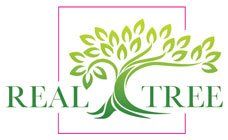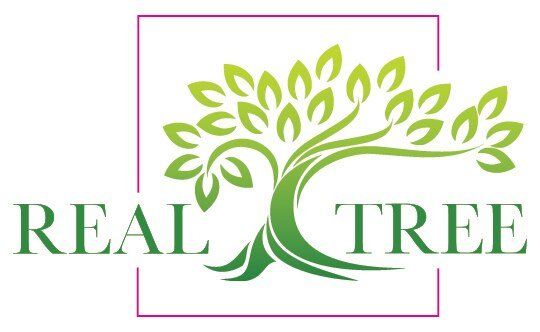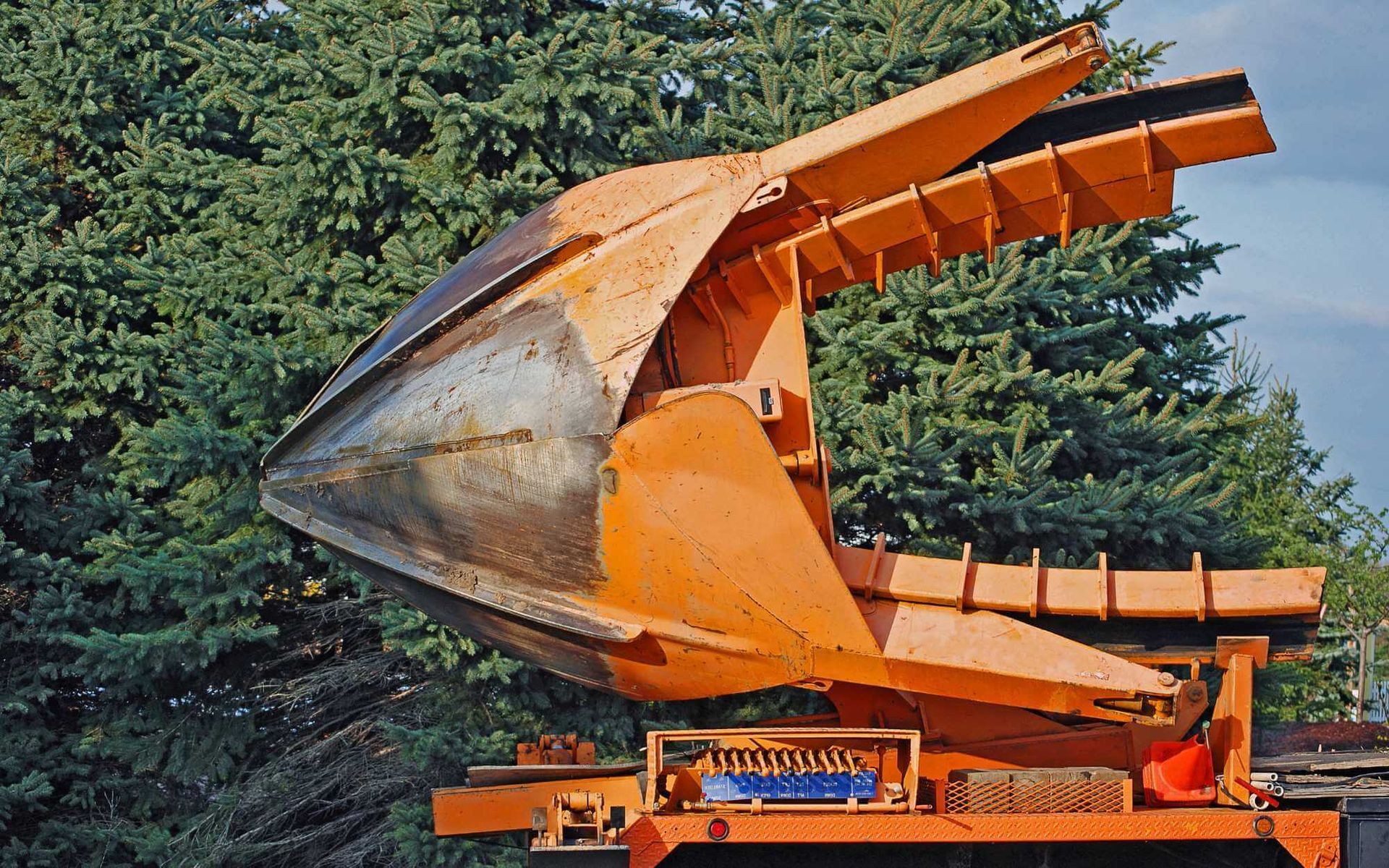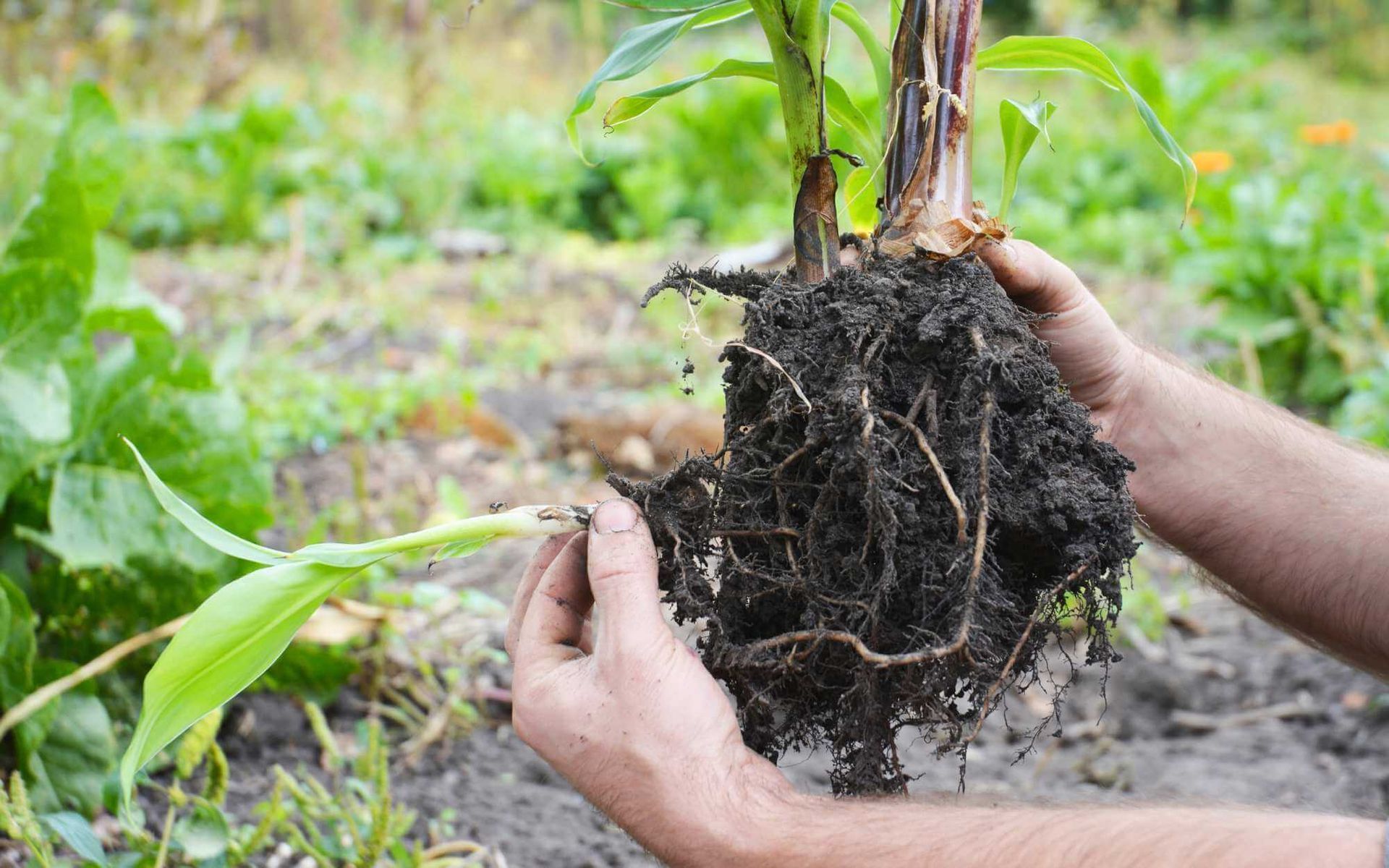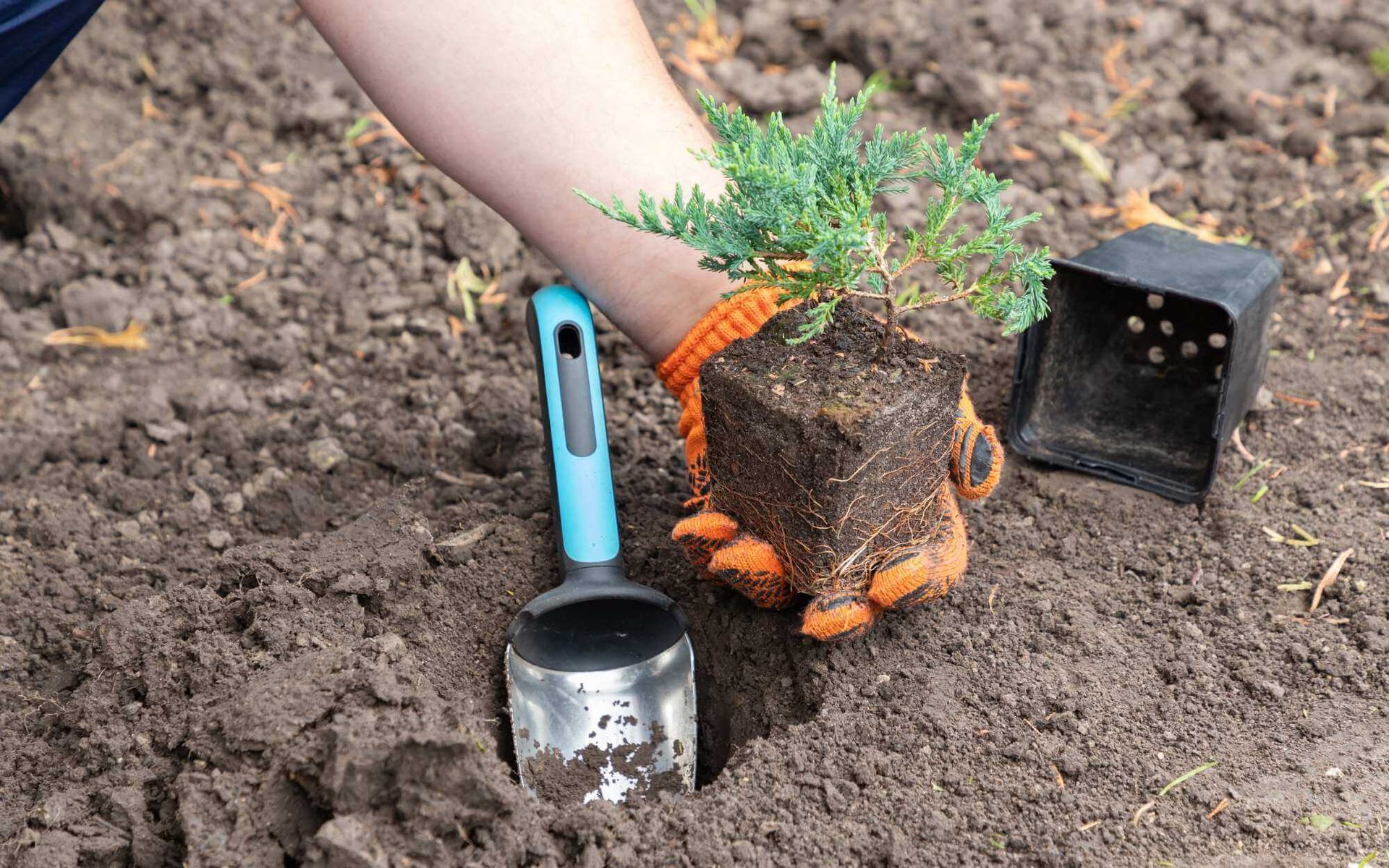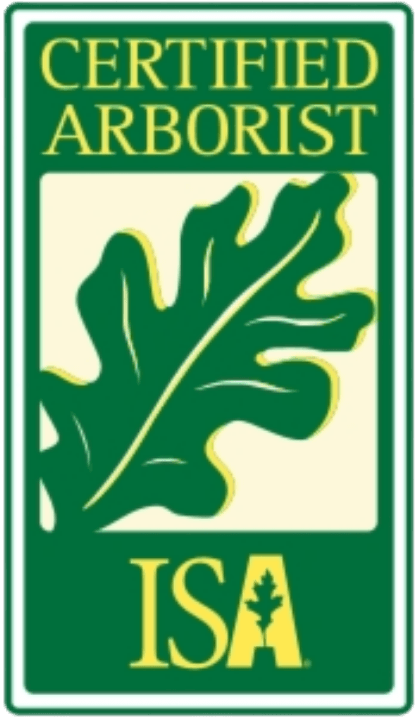Early Detection of Tree Diseases: Assessment Methods
PUBLISHED ON
SHARE THIS ARTICLE
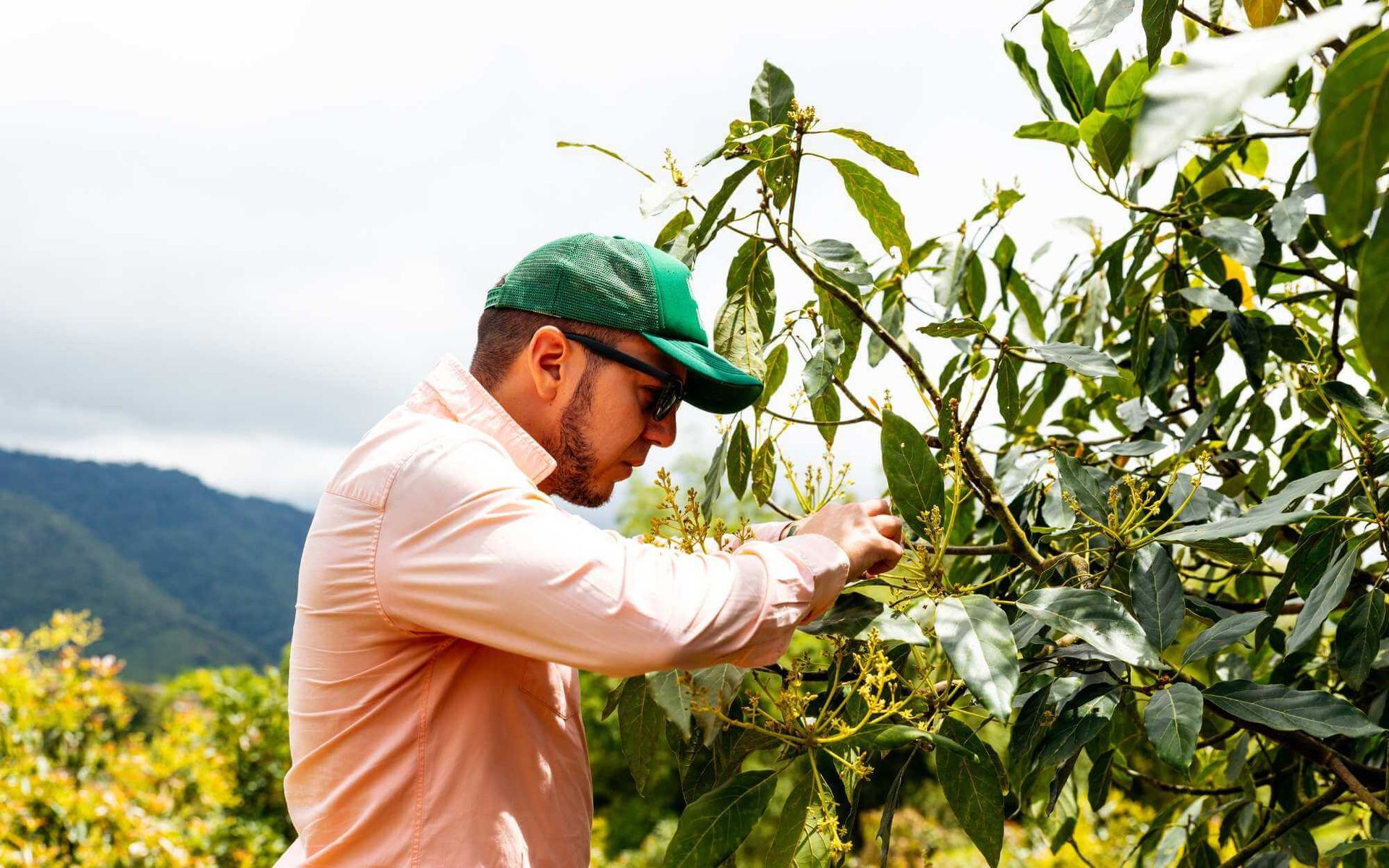
The health of our forest trees as well as landscape trees is under constant threat from tree diseases. As guardians of our green spaces, it is crucial that we understand the importance of early detection in mitigating the impact of these diseases. This early detection not only saves the affected trees but also prevents their spread to other healthy trees in the vicinity.
This blog will delve into the different
tree assessment methods for the early identification of tree diseases. From visual inspections to laboratory testing, we'll explore how these techniques allow you to identify signs of disease before it's too late, ensuring your trees grow tall, healthy, and beautiful for generations to come.
Visual Inspection

Visual inspection is a foundational method for the early detection of tree diseases such as infected branches or fungal diseases. It involves a thorough examination of the tree's external features such as tree trunks, leaves, bark, branches, and tree roots for symptoms of tree failure like powdery mildew, discoloration, lesions, wilting, diseased tree trunk, root system infection, or abnormal growths.
When performed consistently, visual inspection can be an effective, cost-efficient way of identifying diseases at an early stage. It allows for immediate response plans, from quarantine to treatment, thereby minimizing the potential damage.
However, this method has limitations. It only detects diseases with visible symptoms, and early signs could be easily overlooked by untrained eyes. Also, it cannot diagnose specific pathogens affecting the entire tree.
For effective visual inspection, maintain regular schedules and follow the systematic natural process to cover all parts of the tree species. Equipping oneself with knowledge of common tree diseases and their symptoms can also greatly enhance the effectiveness of visual assessments.
Remote Sensing Techniques
Remote sensing techniques offer an advanced approach to tree disease detection. These technologies, including satellite imaging, drone-based imagery, and LIDAR, provide high-resolution data about tree health without the need for physical contact. For example, hyperspectral imaging can detect subtle variations in leaf coloration indicative of disease, while thermal imaging can reveal changes in a tree's energy balance that may signal illness.
The advantages of remote sensing are manifold. It allows for large-scale, rapid assessment of tree health across vast areas, making it particularly useful for monitoring forests and large parks. Furthermore, it can detect anomalies that might be missed by visual inspection.
However, remote sensing also has its challenges. These techniques require significant technology investments and expertise in data analysis. Additionally, remote sensing data can be affected by weather conditions and may not capture diseases that don't cause visible spectral changes. So, it's often used in conjunction with other assessment methods.
Molecular Diagnostic Tools
Molecular diagnostic tools are pivotal in the fight against tree diseases. These techniques, including Polymerase Chain Reaction (PCR), DNA sequencing, and metabarcoding, offer highly sensitive, precise detection of tree pathogens.
PCR amplifies trace amounts of pathogen DNA present in tree samples, making disease detection feasible even at early stages. DNA sequencing further identifies the specific pathogen species, providing targeted treatment options. Metabarcoding, on the other hand, identifies multiple pathogens in a sample, beneficial for diagnosing complex diseases.
The benefits of molecular diagnostics are substantial. It can detect diseases before symptoms appear and identify stealthy pathogens that other methods might miss. However, these techniques require specialized laboratory equipment and trained personnel.
Additionally, they may not provide real-time results due to the time needed for laboratory analysis. Hence, a holistic approach, combining molecular diagnostics with other assessment methods, ensures comprehensive monitoring of tree health.
Identify Tree Diseases Early with These Methods!
Whether it's pine root diseases, hardwood leaf diseases, oak wilt, or annosum root rot, it's crucial to detect them early to maintain healthy plants.
Utilizing a combination of assessment methods increases our ability to identify diseases early and prevent their spread. Adopting a holistic and systematic approach with these techniques can ensure the longevity and health of our forests, gardens, and parks.
Commit to planting trees and safeguarding them for future generations. Contact your
trusted local arborists for professional and accurate tree assessments. With the right tools and knowledge, you can protect your trees from disease and pollution.
Want a free quote or some friendly advice? Call our team today:
